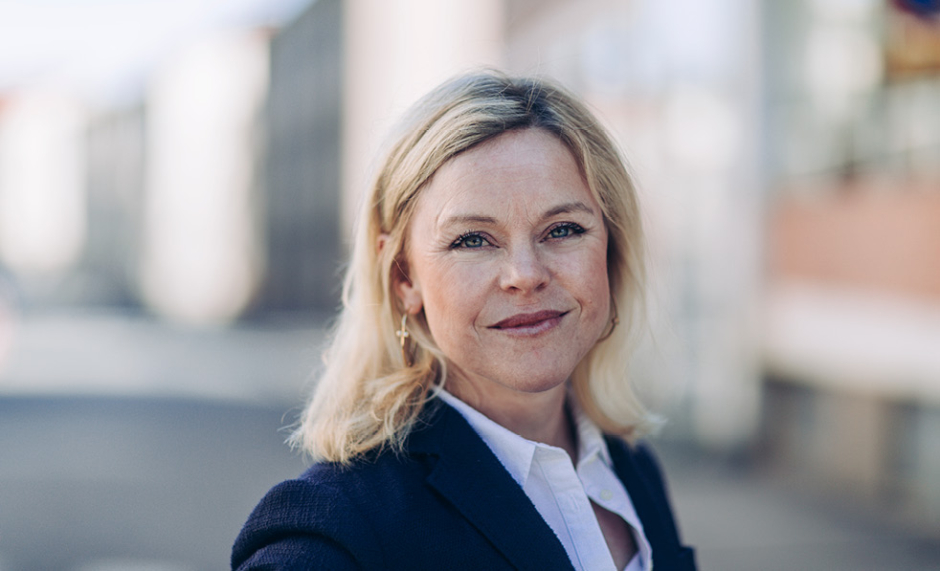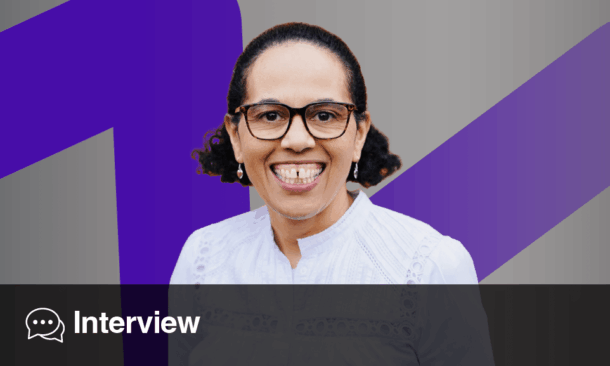Ingeborg R. Borgheim
Head of Nordics, Takeda Pharmaceuticals
![]()
Interviewed by Louise Rogers | Content and Editorial Assistant, European Medical Group
![]()
Ingeborg R. Borgheim holds a senior leadership position at Takeda and leads the Nordic Region. We spoke to Ingeborg at eyeforpharma, Barcelona, earlier this year, where Takeda were finalists in the most valuable HCP initiative. In our interview with her, Ingeborg discusses Takeda’s finalist initiative and value-based health care in the Nordic regions.
Q: Takeda’s HCP initiative was a finalist at the eyeforpharma awards. Could you summarise the initiative’s aim and main outcomes?
A: The main aim of our initiative, Predict and Prevent, is to predict an IBD flare up before it occurs and thereby avoid unnecessary hospital visits for patients. By incorporating a combination of patient-collected data and laboratory data into an algorithm we were able to calculate the risk of a flare up in the upcoming 3, 6, or 9 months. So far, the algorithm has shown in the proof of concept phase that we can predict a flare with 84% accuracy for Crohn’s patients and even 92% for ulcerative colitis patients within the upcoming 3 months, and when having implemented in daily hospital routines, we expect an improvement in quality of life, reducing hospital visits by at least two care days per patient and year. What’s more, the partner hospital where the initiative was instilled has calculated a potential saving of €8 million by adapting hospital processes to this new approach of just treating the patients with the highest needs, freeing up a resources that they and the payers could reallocate to other areas within their hospital.
Q: Clearly defining terminology is essential when referring to VBHC (value-based health care). Could you please define VBHC in the Nordic regions and discuss how it is best measured?
A: VBHC aims to contribute to more sustainable healthcare, which, in the future, could be one of the solutions to issues arising from increasing costs and the aging population. Patient-focussed care integration and value-based payer solutions are also key elements. We need policies and institutions that are enabling VBHC. However, the most important piece is outcomes data, which is needed to be able to apply VBHC. In our project, it is possible to collect data from health care data sources, labs, and directly from the patients. The prediction algorithm then calculates the risk.
Q: What obstacles still need to be overcome with regard to patient data and digitalisation to create a fully integrated VBHC ecosystem?
A: There are three main obstacles. The first is the difficulty in collecting real-time data; you can currently collect data, but it is likely to be retrospective. Second is the challenge of combining different data sources. The final obstacle is access – you need access to the data to be able to measure outcomes, integrate care and inform outcome-based payment models.
Q: How does VBHC differ in the Nordic regions to the rest of Europe?
A: We are fortunate to have a strong pool of outcomes data in the Nordics, a lot of which is digitalised, and every individual has an ID number, which enables us to combine data from different sources. The Nordics have a very enabling ecosystem; many stakeholders are moving in the same direction as us to support VBHC. I want to highlight how the initiative is not only able to change the way we treat IBD patients but is a blueprint and model for other value-based healthcare solutions in other therapeutic areas. It is important for us that we create something that is scalable. We are currently developing this project in eight countries using different building blocks; countries take 2–3 pieces of the initiative that work for them and combine these into their locale project. If you only do it in one market, it is good, but when you’re able to scale it up, it really has an impact.
Q: How does your industry experience and personal leadership style, enabled you to execute Takeda’s IBD VBHC project?
A: I have a broad experience in pharma, from clinical studies to business development and commercial leader roles. This experience, along with my scientific background, is very helpful in innovating a sustainable future together other stakeholders in the healthcare system. On a personal note, my creativity works its way in too. I am very passionate about patient innovation and improving patient outcomes. My willingness to take risks is key; without taking risks, you are not going to innovate. I strongly believe in collaboration, working closely with customers to co-create because if it doesn’t work locally, it is not going to do globally.








